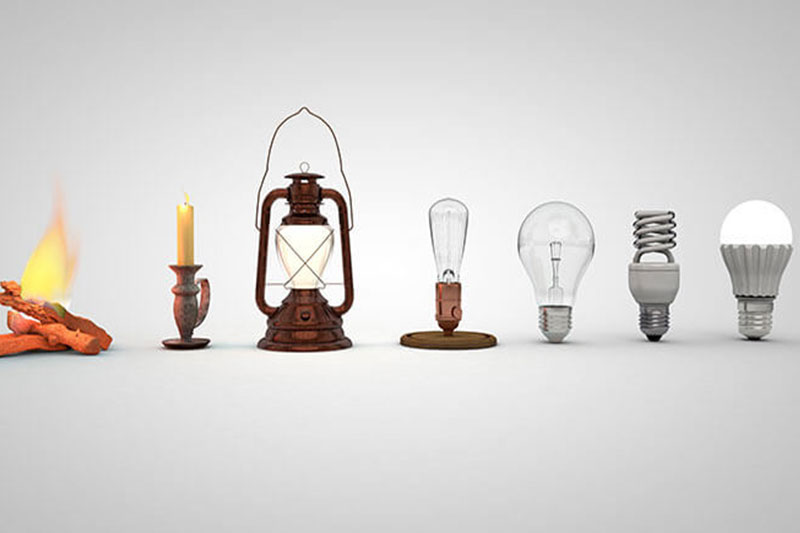
Lighting technology has come a long way from its humble beginnings. From the flicker of incandescent bulbs to the vibrant glow of LEDs, the evolution of lighting reflects humanity’s pursuit of efficiency, sustainability, and innovation.
The invention of the incandescent bulb in the late 19th century revolutionized how we illuminate our world. However, its energy inefficiency and short lifespan spurred the development of alternatives. Compact Fluorescent Lamps (CFLs) emerged as a viable option, offering better energy savings. Yet, it was the advent of Light Emitting Diodes (LEDs) that truly redefined the industry.
LEDs outperform traditional lighting solutions on every front. They use up to 80% less energy than incandescent bulbs and last significantly longer, with an average lifespan of 25,000 hours compared to 1,000 hours for incandescents. This translates to substantial cost savings for both households and businesses.
The environmental impact of LEDs is profound. Their reduced energy consumption helps lower greenhouse gas emissions, making them a cornerstone in global efforts to combat climate change. Additionally, LEDs contain no harmful substances like mercury, which is found in CFLs, ensuring safer disposal.
The future of LED technology is bright, with innovations like Organic LEDs (OLEDs) and quantum dot LEDs on the horizon. These advancements promise even greater energy efficiency, thinner designs, and enhanced color rendering.
LED lighting represents more than just a technological leap; it’s a commitment to a sustainable future. As more industries and consumers embrace this technology, the world moves closer to achieving its energy and environmental goals.